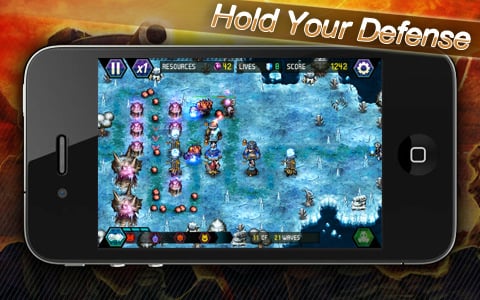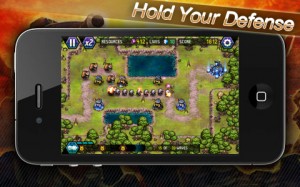The best games in the biggest franchise of them all - Star Wars - have come not from within the LucasArts stable, but from third parties.
By the same token, Sega's ability to make a hash of Sonic games over the years is well-documented. No surprise, then, that it should take Sumo Digital to master the one element that's proved to be the bane of Sonic's life: his speed.
Racing ahead
Advertisement
The game is unashamed of the association. Instead of trying to banish each and every reference to Mario Kart – or, even worse, copying it pixel for pixel – the developer has taken the elements that work and adjusted them to fit around the Sonic mould.
First up, let's look at the similarities. For starters, the very structure of play – competing in three cups made up of four tracks each – is a familiar one. On track are five rivals, and your task is to bump and slide your way to the front of the pack.
Aiding you in your mission is Sonic & Sega All-Stars Racing's supremely balanced controls.
Acceleration is handled for you, but you steer by gently turning your iPhone like a steering wheel. In this regard, Sonic & Sega All-Stars Racing is without equal: Sumo Digital has nailed the often delicate nature of accelerometer controls, and the rest of play flourishes as a result.
Destination Sega
Skill rather than luck determines your fate, and the courses – which reach out across the high points of Sega's library, from House of the Dead to Samba Di Amigo – do their best to stretch your talents.
It's this very range of settings that helps set Sonic & Sega All-Stars Racing apart from the competition. Though arguably not as tight a package as Mario Kart as a result, Sumo has ensured the game has a nice sweep of circuits.
Short and sharp tracks, for instance, are hectic affairs that can be won or lost on the last corner, with pickups often deciding the outcome.
As you might expect, the game's question marked boxes contain a variety of treats, including those that boost your own speed as well as those that hamper the pace of your rivals, rockets being the most prominent example.
Long courses, in contrast, require a far smoother approach, calling for a knowledge of the racing line and an ability to drift.
It's this need to drift – and pick up the speed boost that results – that defines much of Sonic & Sega All Star Racing's play. It's a simple enough trick to pick up, assigned to a yellow button in the bottom right of the screen, and it works best in the deeper tracks, where it's possible to build both a healthy lead and gain much satisfaction when you pull it off perfectly.
Star billing
The biggest draw for many players, however, will not be the sublime range of courses, or even Sumo Digital's deft grip on the game's controls, but rather the cast of characters both the Sonic and Sega licenses bring to the starting line.
The inclusion of Shenmue's Ryo Hazuki and Crazy Taxi's B.D. Joe in a title otherwise dominated by Sonic and co. is as offbeat as it is shrewd.
Courses and characters combined, Sonic & Sega All-Stars Racing is no shrinking violet, and the ability to take on both the game's brilliantly balanced AI controlled rivals as well as those in the real world (both local and wi-fi enabled multiplayer on offer) means there's reason enough to immerse yourself in it fully.
A nice addition is the game's mission mode, which hands out supplementary tasks like collecting coins or passing through gates on an open plan course.
Turn back the clock a generation and Sonic's latest wouldn't have looked out of place on PS2 or Xbox in terms of content, style, and gameplay. In fact, on almost every level imaginable Sumo Digital has surpassed all competition on iPhone, and placed Sega's much maligned mascot firmly back on the right track as a result.

